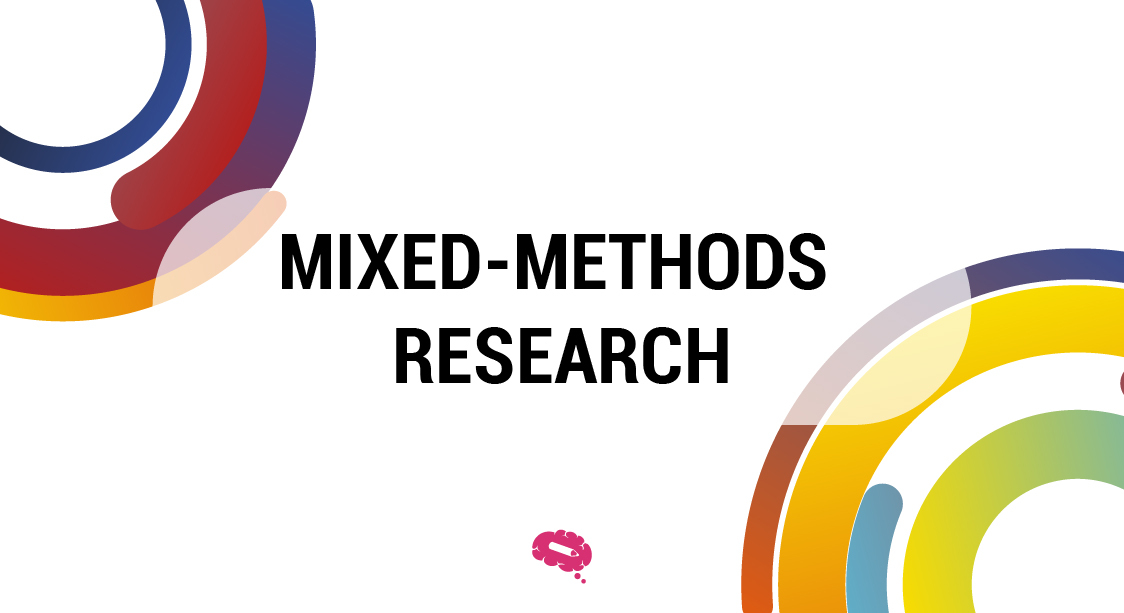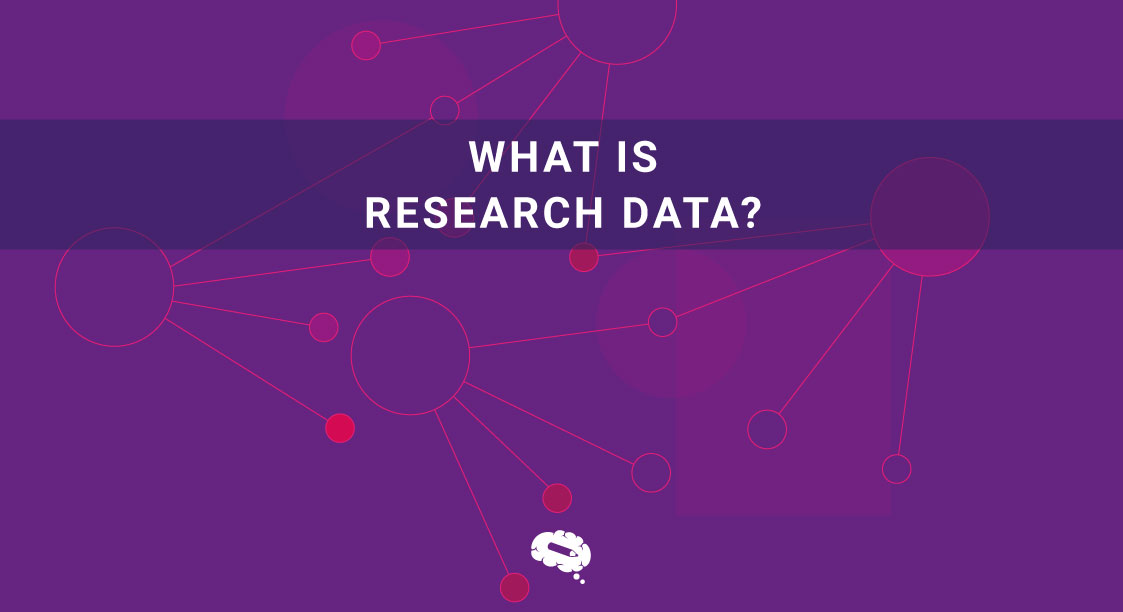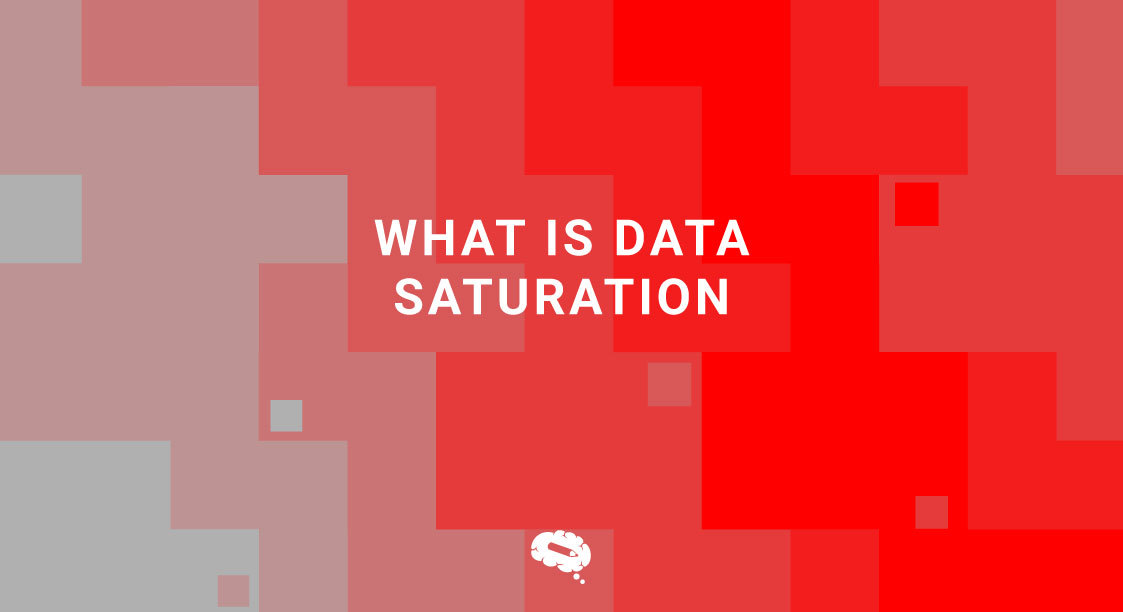In this comprehensive analysis of mixed-methods research, we explore its methodology, benefits, and practical applications. Whether you are a teacher, student, or university researcher, understanding this powerful approach can greatly enhance your data analysis capabilities. Let us embark on a journey to unlock the potential of mixed-methods research.
What is Mixed-Methods Research?
Mixed-methods research involves the integration of qualitative and quantitative data collection and analysis methods within a single study. By combining the strengths of both approaches, researchers can gain a more comprehensive and nuanced understanding of complex phenomena.
When to Use Mixed-Methods Research
Mixed-methods research can be particularly useful in the following scenarios:
- Exploring complex research questions that require a comprehensive understanding from multiple angles.
- Investigating phenomena that have both quantitative and qualitative aspects, where each method contributes unique insights.
- Validating or triangulating findings to enhance the reliability and credibility of research outcomes.
- Conducting program evaluations to assess the effectiveness and impact of interventions.
- Understanding the experiences and perspectives of individuals or communities in a holistic manner.
Types of Mixed-Methods Research Designs
Mixed-methods research can take different design forms, each offering unique advantages. Let us explore four common designs:
Convergent Parallel Design
The convergent parallel design involves collecting and analyzing quantitative and qualitative data concurrently, with the aim of comparing and contrasting the results to gain deeper insights. This design allows researchers to converge different data sources and provide a comprehensive understanding of the research question.
Embedded Design
Embedded design entails one method being embedded within the other, where the data from one method informs and enriches the other. By embedding qualitative data within a quantitative framework or vice versa, researchers can gain a more comprehensive understanding of the research topic.
Explanatory Sequential Design
In the explanatory sequential design, quantitative data is collected and analyzed first, followed by qualitative data to provide further explanation or exploration of the initial findings. This design allows researchers to build upon quantitative results and gain deeper insights into the underlying reasons and mechanisms behind observed patterns.
Exploratory Sequential Design
The exploratory sequential design begins with qualitative data collection and analysis, followed by quantitative data to validate or generalize the initial findings. This design is particularly useful when researchers want to explore a research topic in-depth and then test the emerging hypotheses on a larger scale.
Strengths of Mixed-Methods Research
Mixed-methods research offers several strengths that make it a valuable tool in scientific investigations. Let’s explore some of these strengths:
- Triangulation: By combining multiple methods, researchers can triangulate findings and validate results across different data sources, increasing the overall robustness of the study.
- Complementarity: Qualitative and quantitative methods provide different types of information, and their integration can offer a more comprehensive understanding of complex phenomena.
- Contextualization: Qualitative methods allow for a deep exploration of the context and individual experiences, enriching the interpretation of quantitative results.
- Flexibility: Mixed-methods research allows researchers to adapt their approach throughout the study, enabling them to explore unexpected findings or pursue emerging research questions.
Challenges of Mixed-Methods Research
While mixed-methods research provides numerous benefits, it is not without challenges. Researchers should be aware of the following obstacles:
- Time and Resources: Conducting mixed-methods research can be time-consuming and resource-intensive, as it involves designing and implementing multiple data collection and analysis procedures.
- Expertise: Researchers need to possess a diverse skill set to effectively design, conduct, and analyze both qualitative and quantitative data. Collaboration with experts in each method may be necessary.
- Integration: Integrating different methods and data sources can be challenging, as it requires careful consideration of how to merge, compare, and interpret findings from diverse approaches.
Advanced Frameworks in Mixed-Methods Research
Beyond the common design types, researchers can explore advanced frameworks that suit their research goals. Below, you can check some of these frameworks utilized:
Multistage Framework
The multistage framework involves conducting different stages of data collection and analysis sequentially or concurrently. It allows for the integration of various methods and can address complex research questions more comprehensively.
Intervention Framework
The intervention framework combines qualitative and quantitative methods to assess the effectiveness and impact of interventions or programs. By integrating both types of data, researchers can provide a holistic evaluation and understanding of the intervention’s outcomes.
Case Study Framework
The case study framework enables in-depth exploration of specific cases or phenomena, combining multiple methods to provide a comprehensive understanding within a specific context. This framework is particularly useful when researchers want to examine a unique or rare case in detail.
Participatory Framework
The participatory framework emphasizes collaboration and engagement with participants, involving them as active contributors and co-creators of knowledge throughout the research process. This framework promotes inclusivity and enhances the validity of research outcomes.
Techniques for Integrating Data in Mixed Method Studies
Integrating data from different methods is a crucial aspect of mixed-methods research. Take a look at the three most commonly used techniques for integrating data:
Triangulation Protocol
The triangulation protocol involves comparing and contrasting data from different methods to identify convergent or divergent patterns. This technique strengthens the overall validity and reliability of the study by examining multiple angles of the research question.
Following a Thread
Following a thread involves using qualitative findings to inform the development of quantitative research questions or hypotheses. This approach ensures that subsequent quantitative investigations build upon qualitative insights, enhancing the depth and focus of the study.
Mixed-Methods Matrix
The Mixed-Methods matrix is a visual representation that helps researchers organize and synthesize data from different methods. By constructing and interpreting a Mixed-Methods matrix, researchers can effectively integrate and present the findings of the study.
What is the difference between Mixed-Methods and multiple methods?
In this section, we clarify the distinction between Mixed-Methods research and multiple methods research. While both approaches involve using different methods, they have distinct purposes and approaches. Let us explore their differences and provide examples to illustrate each approach.
Examples of Mixed-Methods Research
To demonstrate the versatility of mixed-methods research, let’s explore some real-world examples across various disciplines. These examples highlight how researchers have successfully combined qualitative and quantitative methods to gain deeper insights and address complex research questions.
Case Study 1: “Exploring the Impact of Technology Integration on Student Learning”. Source: Smith, J., & Johnson, A. (2021). Journal of Educational Technology.
- Research Question: How does the integration of technology in the classroom affect student-learning outcomes?
- Methodology: The researchers employed a mixed-methods approach to investigate the impact of technology integration on student learning. They conducted surveys with both students and teachers to gather quantitative data on technology usage and academic performance. Additionally, they conducted interviews and focus groups to collect qualitative data on student experiences and perceptions.
- Findings: The quantitative analysis revealed a positive correlation between technology integration and student academic performance. However, the qualitative findings indicated that the effectiveness of technology integration depended on the quality of instructional practices and teacher training. The study concluded that a combination of qualitative and quantitative data provided a comprehensive understanding of the complex relationship between technology integration and student learning outcomes.
Case Study 2: “Understanding the Barriers to Healthcare Access in Underserved Communities”. Source: Chen, L., et al. (2022). Journal of Health Equity.
- Research Question: What are the barriers faced by underserved communities in accessing healthcare services?
- Methodology: Researchers used a mixed-methods approach to examine the barriers to healthcare access. They conducted a survey with individuals from underserved communities to gather quantitative data on barriers such as cost, transportation, and language barriers. Additionally, they conducted in-depth interviews and observations in healthcare facilities to capture qualitative data on the experiences and perspectives of community members.
- Findings: The quantitative data revealed that cost and transportation were the primary barriers to healthcare access. However, the qualitative data shed light on additional barriers, such as language barriers and lack of trust in healthcare providers. The integration of quantitative and qualitative findings provided a comprehensive understanding of the multifaceted barriers faced by underserved communities.
Case Study 3: “Assessing the Impact of a Community Development Program”. Source: Lee, S., et al. (2023). Journal of Community Psychology.
- Research Question: What is the impact of a community development program on the well-being and empowerment of community members?
- Methodology: Researchers employed a mixed-methods design to assess the impact of a community development program. They administered surveys to program participants to gather quantitative data on well-being indicators such as self-esteem and community engagement. Additionally, they conducted focus groups and participant observations to collect qualitative data on participants’ experiences and perceptions of empowerment.
- Findings: The quantitative analysis demonstrated a significant improvement in participants’ well-being indicators after participating in the community development program. The qualitative data revealed that the program fostered a sense of empowerment and increased community engagement. The integration of quantitative and qualitative findings provided a comprehensive understanding of the program’s impact on both individual well-being and community empowerment.
These case studies demonstrate the diverse applications of mixed-methods research across different disciplines, highlighting the benefit of combining qualitative and quantitative methods to gain deeper insights into complex research questions.
Benefits of Using Mixed-Methods Research
The benefits of mixed-methods research extend beyond the traditional qualitative or quantitative approaches. Understand some key benefits:
- Enhanced Validity: By utilizing multiple methods, researchers can strengthen the validity of their findings through triangulation and convergence of evidence.
- Diverse Perspectives: Mixed-methods research allows for the exploration of diverse perspectives and experiences, providing a comprehensive understanding of the research topic.
- Innovative Insights: The integration of qualitative and quantitative methods can generate new insights and reveal patterns that may have been overlooked by using a single approach.
Limitations of Using Mixed-Methods Research
Like any research approach, mixed-methods research has limitations that researchers should be aware of. Some of these limitations are listed below:
- Methodological Expertise: Conducting mixed-methods research requires expertise in both qualitative and quantitative methods, which may necessitate collaboration with specialists in each domain.
- Time and Resource Constraints: The integration of multiple methods can be time-consuming and resource-intensive, requiring careful planning and allocation of resources.
- Potential for Bias: Researchers must be cautious about potential biases when integrating data from different methods, ensuring that each method receives equal consideration and analysis.
Ethical Considerations for Mixed-Methods Research
Ethical considerations play a crucial role in any research study, and mixed-methods research is no exception. Here are some ethical considerations to keep in mind when conducting mixed-methods research:
Informed Consent
Researchers should ensure that participants fully understand the nature and implications of their involvement in both qualitative and quantitative aspects of the study.
Confidentiality and Anonymity
Safeguarding the privacy and confidentiality of participants’ data, especially when combining qualitative and quantitative data, is essential to maintain trust and protect participants’ rights.
Data Integration and Interpretation
Ethical considerations should guide the integration and interpretation of data from different methods to avoid misrepresentations or unintended biases.
Best Practices for Conducting Mixed-Methods Research
To maximize the effectiveness of mixed-methods research, researchers should adhere to certain best practices. Go through some key recommendations:
- Clearly Define Research Questions: Clearly articulating the research questions and objectives will guide the design, data collection, and analysis processes.
- Sequential Planning: Sequentially plan the stages of data collection and analysis, ensuring a logical and cohesive flow between the qualitative and quantitative components of the study.
- Collaboration and Interdisciplinary Approaches: Foster collaboration between researchers with diverse expertise to ensure comprehensive integration of qualitative and quantitative methods.
Unleash the Power of Infographics with Mind the Graph
In the era of data visualization, leveraging tools like Mind the Graph can supercharge your mixed-methods research findings. Mind the Graph offers a user-friendly platform for creating visually compelling infographics that effectively communicate complex research outcomes. With its diverse templates and customizable features, researchers can transform their mixed-methods research into visually appealing and impactful infographics.

Subscribe to our newsletter
Exclusive high quality content about effective visual
communication in science.





